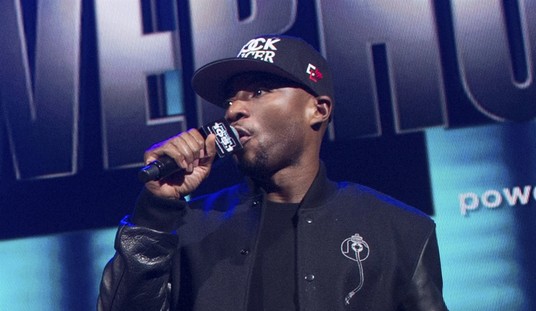The Government Accountability Office (GAO) was asked to do an audit of the Public Service Loan Forgiveness program (PSLF) that allows government workers to file for student loan forgiveness. The law was established in 2007 and began in September 2017 as a means of encouraging "individuals to enter and continue careers in public service by forgiving borrowers' remaining federal student loan balances after they had made at least 10 years of loan payments while working in public service," along with meeting a host of other requirements.
In order to qualify, a borrower must:
• Make 10 years worth of payments, although they do not need to be consecutive.
• Work full-time at a government organization or agency at any level or a 501(c)3 nonprofit organization.
• Not be in default and be repaying their loans through an income-driven repayment plan (in which borrowers’ monthly payments are based on their income and family size); the 10-year Standard repayment plan; or another plan if the monthly payment amounts equal or exceed the amount the borrower would have paid under the 10-year Standard repayment plan. Although the 10-year Standard repayment plan qualifies for PSLF, borrowers in this plan will pay off their loans before they are eligible for forgiveness unless they change to an income-driven repayment plan that leaves them with a balance remaining to be forgiven after 120 payments.
One of the big takeaways from the audit: a "large number of denied borrowers suggests that many are still confused by the program requirements," The Hill reported. According to the report, the biggest reason people were denied: they hadn't made 120 months worth of payments, making them ineligible for the program. The other common reason was people were missing information on their application or the borrower did not have qualifying federal loans.
Out of the 19,321 borrowers who have submitted loan forgiveness applications only 55 have been approved to date. Those 55 borrowers' forgiven balance totaled almost $3.2 million, which averaged to $58,000 per borrower, although individual loans ranged between $800 to almost $290,000.
Recommended
"The report also said almost all of the communication between Education and FedLoan is being done through email, and creating a 'fragmented collection of guidance and instructions creates a risk that relevant information may be overlooked,'" The Hill reported.
To improve the program, the GAO recommends the Department of Education to:
• Develop a timeline for issuing a comprehensive guidance and instructions on document for the PSLF.
• Provide the PSLF servicer and borrowers with additional information about qualifying employers.
• Standardize payment information other loan servicers provide to the PSLF servicer.
• Ensure borrowers receive sufficiently detailed information to help identify potential payment counting errors.
























Join the conversation as a VIP Member